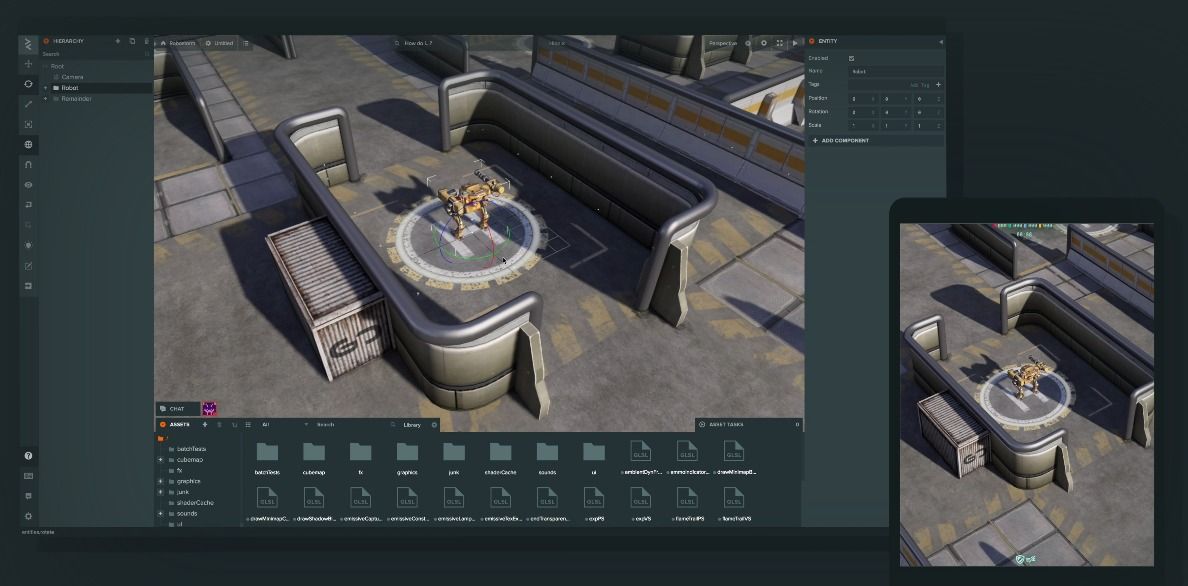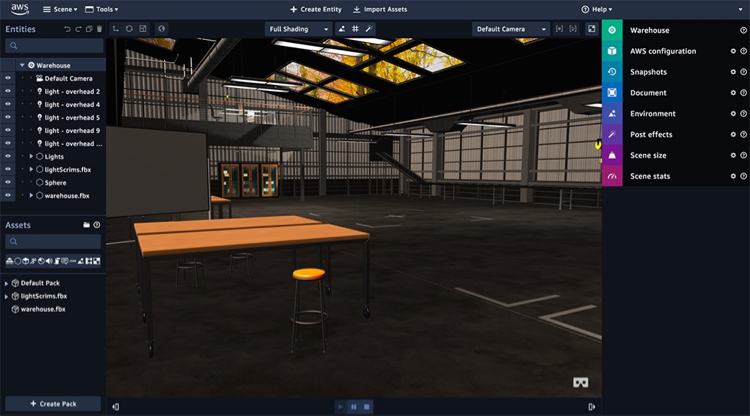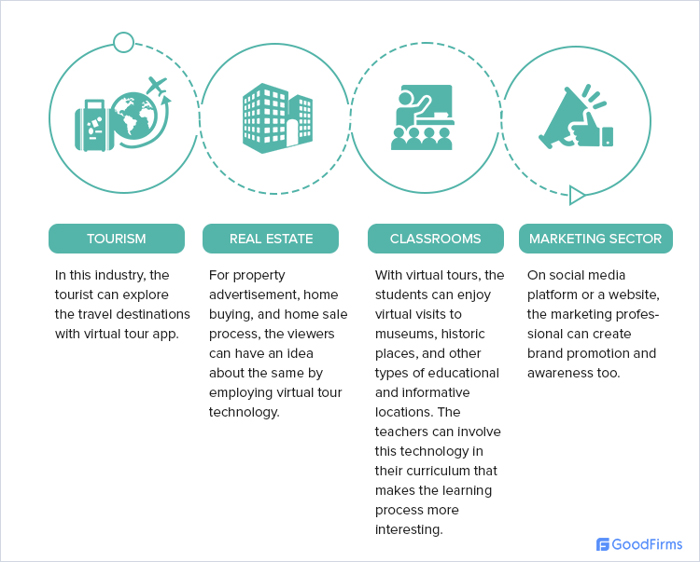
- 3D VIRTUAL WORLD OPEN SOURCE REVIEW PATCH
- 3D VIRTUAL WORLD OPEN SOURCE REVIEW FULL
- 3D VIRTUAL WORLD OPEN SOURCE REVIEW SOFTWARE
- 3D VIRTUAL WORLD OPEN SOURCE REVIEW CODE
However, there are cases in which trainees must travel to specific facilities to receive proper training. Conventionally, training happens with physical setups such as classrooms and laboratory spaces through presentations and hands-on practice. For example, VR training is the most common use of VR within enterprise-62% according to a recent survey Ostrowski (2018).Īccording to Merriam Webster 1, training is defined either as 1) the act, process, or method of one that trains and 2) the skill, knowledge, or experience acquired by one that trains or the state of being trained. Such trends contribute to the increasing popularity and success of VR training across different domains. The IEEE Virtual Reality conference has received a record number of submissions in 2020, an approximate 10% growth compared to the previous year (2019.) The latest commercial standalone VR headset Oculus Quest 2, which was released in 2020 has become the fastest selling VR headset Lang (2021). The VR research community is more active than ever. Recent advances in VR technology also support the creation, application, evaluation, and delivery of interactive VR applications at a lower cost. Thanks to the recent growth of consumer-grade virtual reality (VR) devices, VR has become much more affordable and available. We conclude the article by discussing possible future directions to leverage VR technology advances for developing novel training experiences. Furthermore, we discuss the common assessment tests and evaluation methods used to validate VR training effectiveness. We then discuss the challenges and solutions of applying VR training to different application domains, such as first responder training, medical training, military training, workforce training, and education.
3D VIRTUAL WORLD OPEN SOURCE REVIEW SOFTWARE
To begin with, we describe how VR training experiences are typically created and delivered using the current software and hardware. This study aimed to discuss the research efforts in developing virtual reality (VR) technology for different training applications.

3D VIRTUAL WORLD OPEN SOURCE REVIEW CODE
Since it is intended as a learning aid, the code is written in a style that we hope is easy to understand and follow, especially when accompanied by the book.įor information on getting up and running with the code on both Windows and Linux, see the instructions here.Biao Xie 1, Huimin Liu 2, Rawan Alghofaili 1, Yongqi Zhang 1, Yeling Jiang 3, Flavio Destri Lobo 3, Changyang Li 1, Wanwan Li 1, Haikun Huang 1, Mesut Akdere 3, Christos Mousas 2 and Lap-Fai Yu 1* The code (and the book) draw from the authors' real-world experience working on STK, one of the earliest commercial virtual globes.
3D VIRTUAL WORLD OPEN SOURCE REVIEW PATCH


OpenGlobe has the following features and capabilities: It is not a complete virtual globe application, but is rather a core engine and a number of runnable examples.

3D VIRTUAL WORLD OPEN SOURCE REVIEW FULL
It is written in C# (with full support for running on Linux using Mono) and uses the OpenGL 3.3 core profile via OpenTK. OpenGlobe is a 3D engine for virtual globes (think Google Earth or NASA World Wind) designed to illustrate the engine design and rendering techniques described in our book, 3D Engine Design for Virtual Globes. But for a production quality, open source, virtual globe by the same authors (plus more), check out Cesium! Note: OpenGlobe is great for learning along with our book, 3D Engine Design for Virtual Globes.


 0 kommentar(er)
0 kommentar(er)
